Cats May Have Special Taste Buds for Water
Published: 2025. 04. 13 - Photos: Getty Images Hungary • 4 minutes reading

Published: 2025. 04. 13 - Photos: Getty Images Hungary • 4 minutes reading
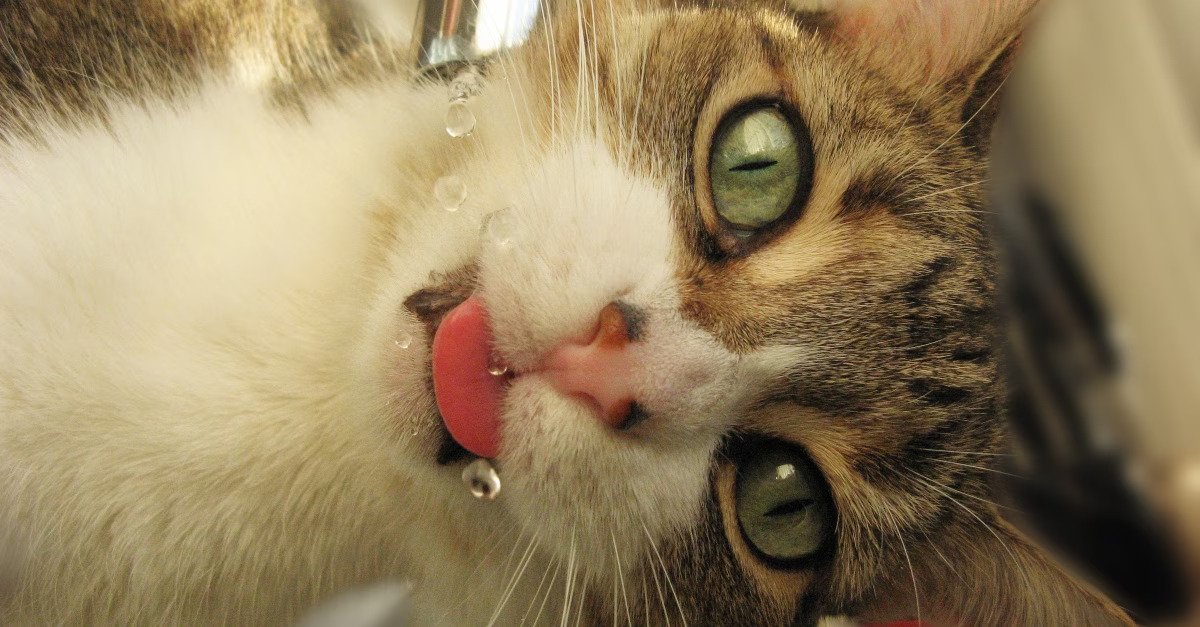
Cats have extremely sharp senses. Their hearing is excellent, their vision is finely tuned to detect movement and darkness, and their sense of smell is highly refined. However, their sense of taste is less developed than that of humans, dogs, or some other animals.
A cat’s taste perception is quite unique: they can barely, or not at all, perceive sweet flavors, but they are more sensitive to bitterness. This is likely an evolutionary trait, and it may also explain why they seem so picky. And did you know that they possibly have special taste buds—similar to those found in dogs—specifically for sensing water?
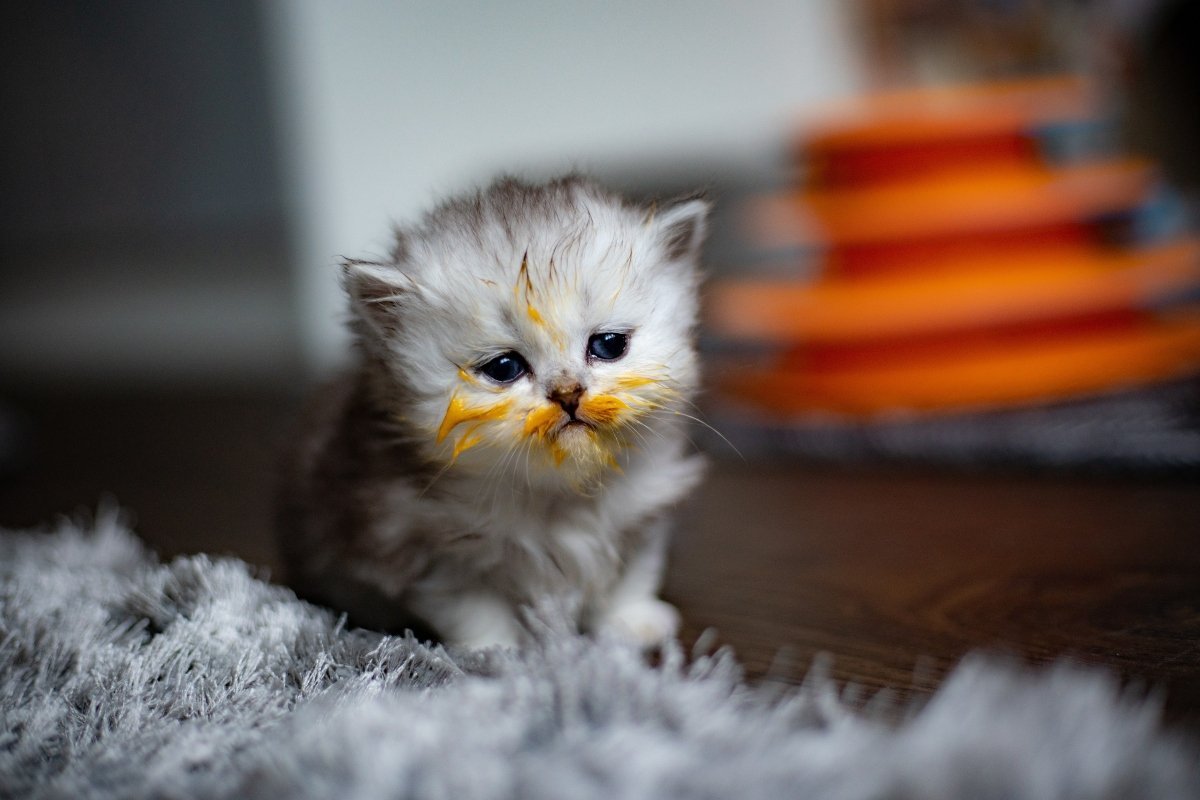 A cat's sense of taste is similar to a human's, but there are some significant differences.
A cat's sense of taste is similar to a human's, but there are some significant differences.
Cats are obligate carnivores, meaning they need animal-based proteins to survive. Their taste buds have likely evolved to match this dietary requirement. Since they don’t need carbohydrates—and can’t properly digest them—detecting sweetness is unnecessary for them.
Although a cat’s tongue shares certain similarities with other mammals, there are notable differences. They have far fewer taste buds than humans or even dogs. Humans have about 9,000 taste buds, dogs around 1,700. Cats, by comparison, only have about 470. Maybe this helps explain why some cats are such finicky eaters.
It’s believed that cats can sense sour, bitter, salty, and the so-called fifth taste—umami, often described as a meaty flavor. That they can detect all of these despite having so few taste buds is largely thanks to their sense of smell. Interestingly, while cats may technically detect a very mild sweet taste, they lack the receptor that would allow their brains to fully register it.
When it comes to bitter flavors, cats have an edge. They have the same number of bitter taste receptors as humans, but seven of them are especially well-developed. This heightened sensitivity may help them avoid toxins in their environment, as many poisons taste bitter.
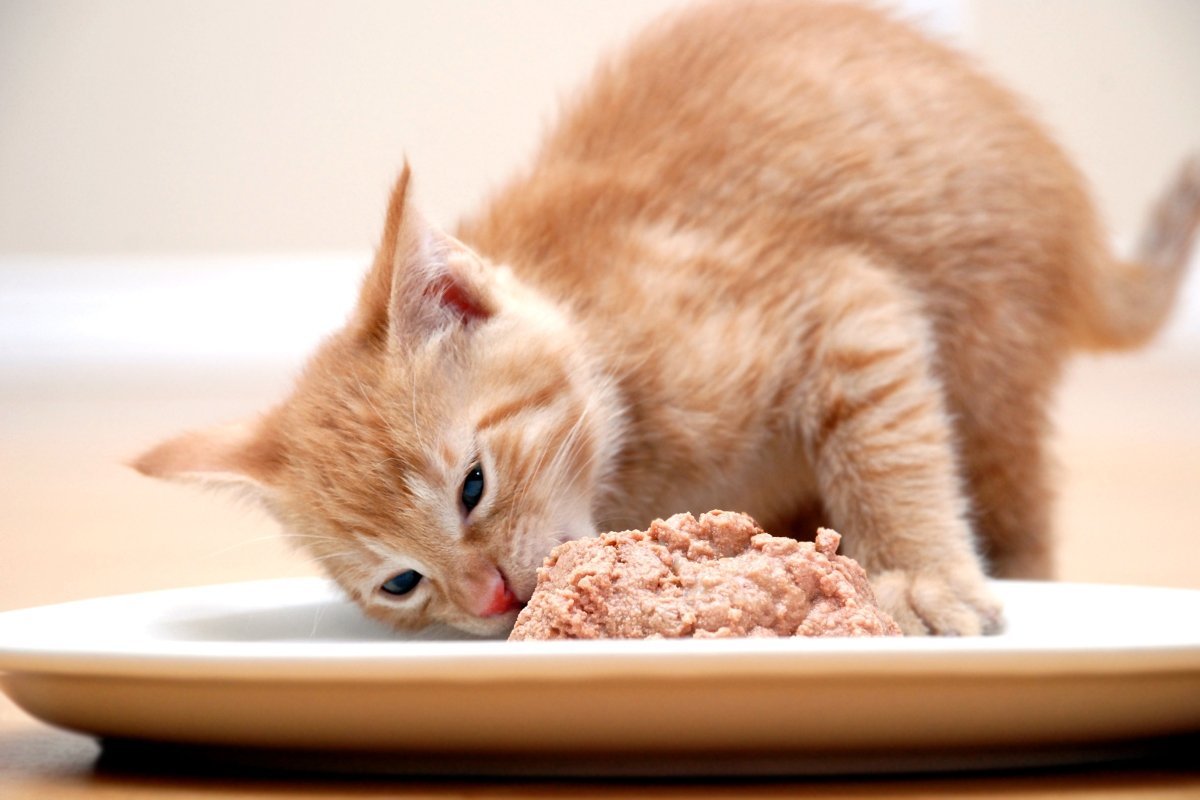 Cats have very few taste buds, which is why they need more intense flavors to enjoy a food
Cats have very few taste buds, which is why they need more intense flavors to enjoy a food
It is scientifically accepted that cats don’t experience sweetness the way humans or dogs do, because they lack a crucial gene responsible for this perception.
Taste receptors are proteins found in taste bud cells, allowing the brain to identify specific tastes. A 2006 study identified the DNA sequences of the two known genes—Tas1r2 and Tas1r3—which in other mammals code for the sweet taste receptor T1R2/T1R3. The research showed that while cats’ Tas1r3 gene is active and likely functional, Tas1r2 is a pseudogene, meaning it doesn’t function. So cats have only one of the two components needed to taste sweetness. This means that although they might detect a faint sweetness at very high concentrations, they cannot fully perceive it as humans and many other mammals do.
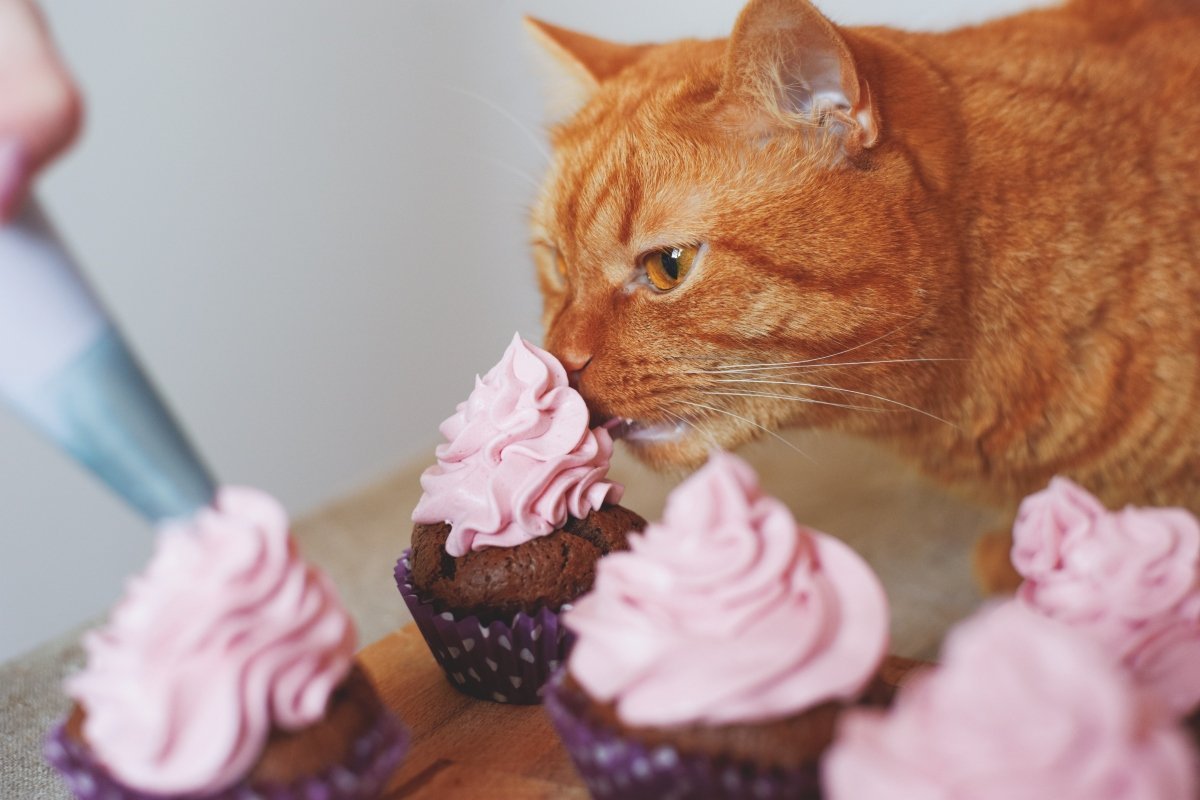 Cats have evolved to get most of their energy from protein and fat; carbohydrates are not really digestible and are not beneficial to them
Cats have evolved to get most of their energy from protein and fat; carbohydrates are not really digestible and are not beneficial to them
Cats are said to have taste buds specifically for sensing water. This ability has been observed in dogs and other carnivores, but not in humans. These specialized taste buds, located at the tip of the tongue, react to water during drinking and become more sensitive when the cat is thirsty or has just eaten—encouraging them to drink more.
A 1971 study abstract noted: Electrophysiological recordings show that water is not tasteless to cats. Also, unlike most mammals, cats appear indifferent to sucrose, but this may be because the taste of the sucrose is masked by the taste of the water in which it is dissolved. When the water taste is suppressed by the addition of small amounts of sodium chloride, cats take sucrose avidly.
While it’s not fully understood what water tastes like to cats, some sources suggest that these water-specific taste buds become more sensitive after eating meaty foods. Just another reason to keep your cat’s water bowl filled!
However, it’s worth noting—as the Tufts University Cummings School of Veterinary Medicine points out—that not all researchers agree that water has a taste. They argue that the hydrogen and oxygen that make up water don’t have taste properties—neither separately nor together. Those who do believe that cats can taste water typically suggest that this ability evolved to ensure adequate hydration and to help dilute the salt in their diets, since meat is relatively high in sodium.
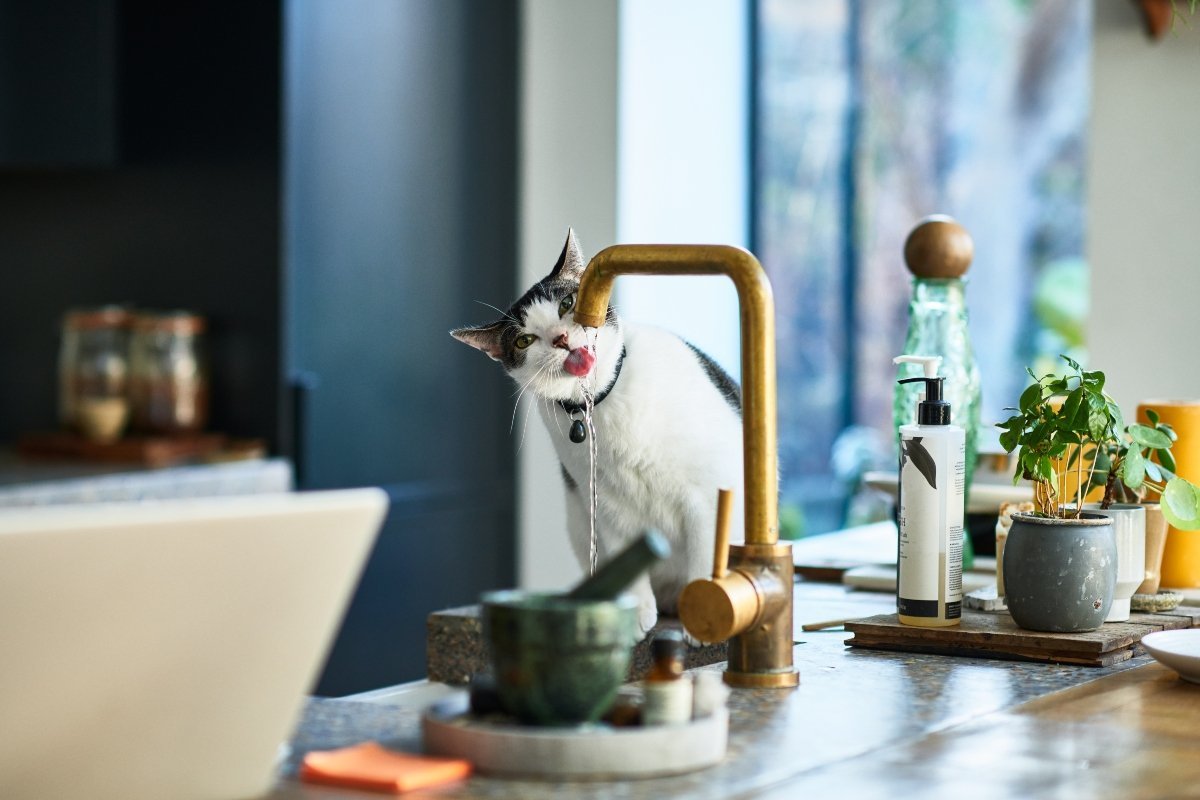 The taste of water is most likely detectable to cats
The taste of water is most likely detectable to cats
Cats generally prefer meats and other animal-based foods. While they may sometimes try to eat your sweet snacks, it’s likely due to the fat content, not the sugar. Some cats may even enjoy certain fruits, proving that not all cats follow the rulebook.
Still, just because a cat wants to eat something unusual doesn’t mean it’s healthy for them. They can have small amounts of certain fruits and vegetables, maybe some cheese, plain yogurt, or egg—but it’s best to stick to complete cat food or various cooked meats without spices, salt, or fat.
Choose cat food rich in animal protein and low in carbohydrates. Dry food contains more carbs, so serve it in smaller amounts, paired with wet food. But don’t skip it entirely—it helps scrape plaque off their teeth, preventing gum inflammation and periodontal disease.
Follow us!
facebook instagramRelated articles